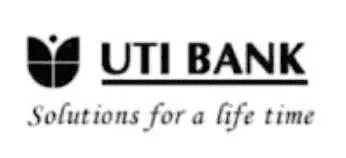Conversations
at Scale
We are Pikkal & Co - award winning corporate podcast agency - specializing in B2B podcasts for financial services, educational institutions and management consultancies
As Trusted By Leading Brands...








We are Pikkal & Co - award winning corporate podcast agency - specializing in B2B podcasts for financial services, educational institutions and management consultancies







